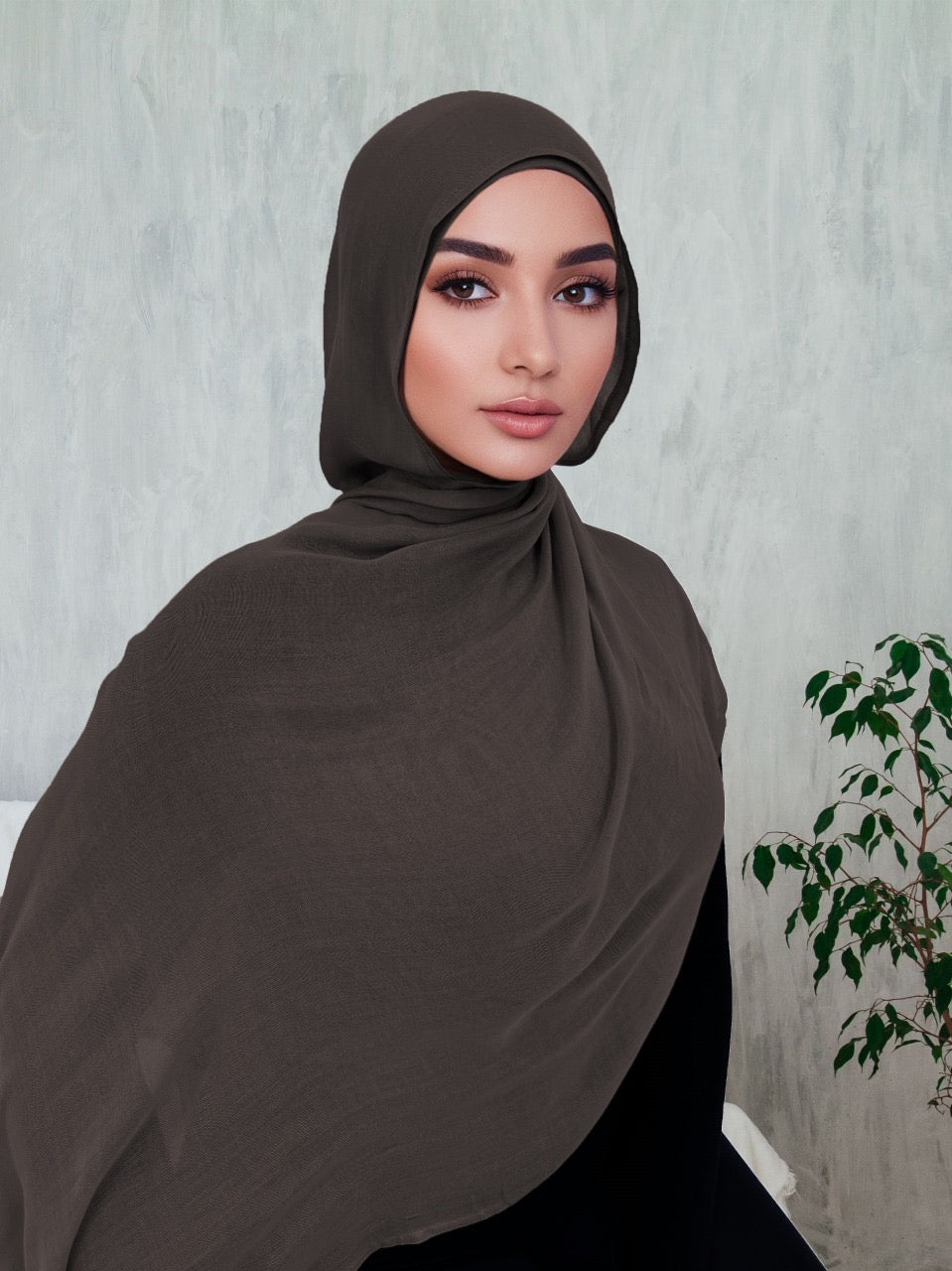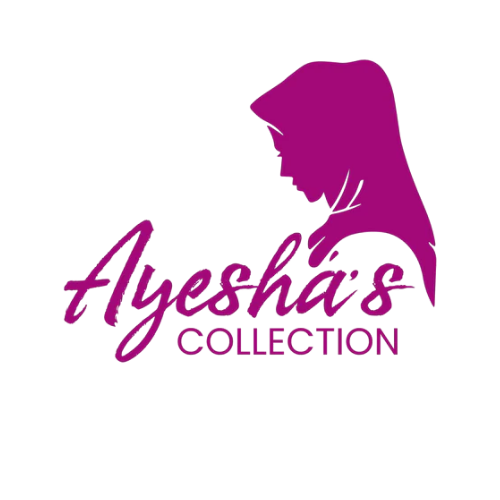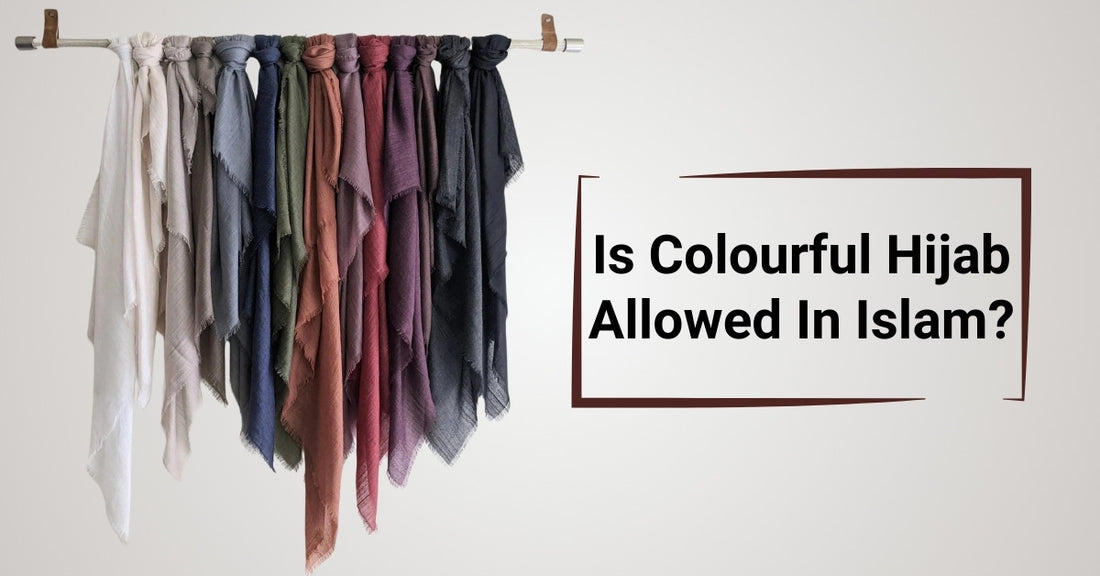Wearing colorful hijabs in Islam is a question many ask, and the answer isn’t always straightforward. Islam does not prohibit bright or varied colors for hijabs, but interpretations can vary. The key is understanding the cultural and religious nuances that shape these views.
From my experience, I’ve seen a wide range of hijab styles and colors in different communities. In some places, vibrant colors are embraced as a way to express joy and individuality, while in others, traditional or muted tones are preferred. This diversity highlights how personal and cultural contexts influence our choices.
Understanding the permissibility of colorful hijabs is important because it touches on religious guidelines and cultural practices. In this post, you will learn about the different perspectives on wearing colorful hijabs, including religious interpretations and cultural norms. We will also discuss practical guidelines to help you make informed choices.
Understanding the Hijab in Islam
Definition and Purpose of the Hijab
The hijab is a traditional headscarf worn by many Muslim women as part of their Islamic dress code. The word "hijab" comes from Arabic and means "cover" or "barrier." While commonly understood as a headscarf, hijab encompasses a broader concept of modesty and privacy.
In Islamic tradition, the hijab serves as a symbol of modesty and respect. It is worn to cover the hair, neck, and sometimes the shoulders, while leaving the face visible. This practice reflects the values of modesty and humility, which are central to the faith. The hijab allows women to adhere to these values in public spaces and maintain a sense of privacy and dignity.
The purpose of wearing the hijab extends beyond simply covering the hair. It is a way for Muslim women to express their commitment to their faith and to uphold the principles of modesty. By choosing to wear the hijab, women demonstrate their adherence to Islamic teachings and their desire to embody these values in their daily lives.
Key Principles of Hijab Dress Code
The hijab dress code is guided by several key principles, primarily centered around modesty. These guidelines help ensure that the hijab fulfills its intended purpose while allowing for personal expression within the bounds of Islamic teachings.
One of the main principles is that the hijab should be worn in a way that is modest and does not draw unnecessary attention. This means that the hijab itself should not be overly bright or flashy. Instead, it should be a simple, unadorned garment that aligns with the values of modesty. The goal is to cover the body adequately without emphasizing or highlighting one's appearance.
Additionally, the clothing worn with the hijab should be loose and cover the entire body, except for the face, hands, and feet. It should not be tight or transparent, as this could contradict the principle of modesty. The fabric should be opaque and allow for ease of movement, ensuring that the body remains covered and the overall appearance remains modest.
These principles ensure that the hijab serves its intended purpose of modesty while accommodating personal style preferences. By following these guidelines, Muslim women can maintain their commitment to modesty and dignity in line with Islamic teachings.
Is Wearing a Colorful Hijab Allowed in Islam? What You Need to Know
Islamic Guidelines on Hijab Color
Islamic guidelines on the hijab primarily emphasize modesty and proper coverage rather than specifying colors. The Qur'an and Hadith focus on how the hijab should cover a woman’s hair and body in a modest manner. They do not explicitly prescribe or prohibit specific colors for hijabs.
The main Islamic requirement for wearing the hijab is that it should not be revealing or designed to attract attention. This general rule applies to the hijab's color as well. Bright or vibrant colors are not inherently forbidden, but the hijab must be worn in a way that maintains the principle of modesty.
In essence, the color of the hijab is not the primary concern in Islamic dress codes. The focus is on ensuring that the hijab serves its purpose of modesty. Therefore, women are generally free to choose colors that align with their personal preferences, provided the overall look remains modest and respectful.
Cultural Interpretations and Practices
Cultural practices greatly influence how hijabs are worn in different parts of the Muslim world. These practices often reflect regional traditions and personal preferences regarding color.
In many South Asian countries, such as Pakistan and India, brightly colored hijabs are popular. They are often worn during festivals, weddings, and other celebrations. These vibrant colors are seen as a way to express joy and cultural identity. Women in these regions might choose colors that match their outfits or the occasion.
Conversely, in parts of the Middle East and North Africa, traditional colors like black, navy, or dark brown are more common. These colors are often associated with cultural norms and traditional practices. In these areas, darker or more muted colors are preferred for everyday wear and are seen as a way to maintain a traditional appearance.
These cultural variations highlight the flexibility within Islamic guidelines regarding hijab color. While regional practices differ, the core principle remains the same: the hijab should uphold modesty regardless of its color.
Scholarly Opinions
Islamic scholars have diverse opinions about wearing colorful hijabs, reflecting a range of interpretations within the Islamic tradition. Many scholars agree that there is no specific prohibition against wearing colorful hijabs. Their primary concern is ensuring that the hijab remains modest and does not attract undue attention.
Some scholars emphasize that the hijab should be modest in its appearance, but they do not see bright or colorful hijabs as inherently problematic. They argue that as long as the hijab adheres to the basic principles of coverage and modesty, the color choice is a matter of personal preference.
Other scholars might take a more conservative view, suggesting that muted or traditional colors are preferable to avoid drawing unnecessary attention. They believe that more vibrant colors could potentially detract from the modesty intended by wearing the hijab.
Overall, the prevailing scholarly opinion is that while there are no strict prohibitions against colorful hijabs, they should always be worn in a way that respects the principles of modesty and does not contravene Islamic values. The focus remains on maintaining a modest appearance, regardless of the color of the hijab.
What Do Different Islamic Schools of Thought Say About Hijab Colors?

Sunni Perspectives
In Sunni Islam, the views on hijab colors can vary among the major schools of thought:
- Hanafi School: The Hanafi school generally focuses on modesty rather than specific colors. Hanafi scholars do not place restrictions on the color of the hijab as long as it adheres to the principles of modesty and coverage. Bright or vibrant colors are acceptable if they do not attract undue attention.
- Shafi’i School: Shafi’i scholars also emphasize modesty over color specifics. They agree that hijabs should be modest and cover the body appropriately. While they do not forbid bright colors, they advise that the hijab should not be so eye-catching that it contradicts the principle of modesty.
- Maliki School: The Maliki school traditionally values simplicity in dress. Maliki scholars generally favor more subdued colors for hijabs. However, they do not explicitly ban bright colors, provided the hijab remains modest and does not attract excessive attention.
- Hanbali School: Hanbali scholars often emphasize strict adherence to traditional practices. They might lean towards more conservative colors but do not outright ban colorful hijabs. The key consideration is maintaining modesty and avoiding any form of ostentation.
Each Sunni school agrees that the core principle is modesty, with variations in preference for the color of the hijab.
Shia Perspectives
Shia perspectives on hijab colors are somewhat similar but can also show some differences:
- Ja’fari School: The Ja’fari school, which is the main Shia school of thought, generally follows similar guidelines to Sunni schools regarding hijab colors. It emphasizes modesty and appropriate coverage. Shia scholars do not impose specific restrictions on hijab colors, allowing for personal choice within the bounds of modesty.
- Other Shia Groups: Some Shia communities may have cultural preferences that influence the choice of hijab colors. For instance, certain traditions may favor more subdued colors for everyday wear, similar to some Sunni practices. However, there is no formal ban on bright or colorful hijabs.
Overall, Shia perspectives align with the general Islamic principle of modesty without imposing strict color restrictions.
Contemporary Interpretations
In recent years, contemporary scholars have offered a range of viewpoints on wearing colorful hijabs:
- Modern Scholars: Many modern scholars emphasize the importance of maintaining modesty while allowing for personal expression. They argue that colorful hijabs can be acceptable as long as they do not detract from the modesty intended by wearing the hijab. These scholars often highlight the cultural context and personal choice in their interpretations.
- Islamic Feminists: Some contemporary Islamic feminists advocate for more flexibility in hijab colors as part of a broader discussion on women’s rights and personal agency within Islamic frameworks. They argue that wearing colorful hijabs can be a way to express individual identity while still adhering to Islamic principles of modesty.
- Cultural Influences: Modern interpretations also reflect the influence of cultural diversity and global fashion trends. Scholars from different backgrounds may have varying opinions on how color affects the perception of modesty. As a result, contemporary views on hijab colors often incorporate both traditional values and modern cultural expressions.
Practical Considerations for Wearing a Colorful Hijab
Choosing Appropriate Colors
When selecting a colorful hijab, it’s important to choose colors that align with the principles of modesty. Here are some tips to help you make appropriate choices:
- Opt for Subdued Hues: While vibrant colors are not prohibited, choosing more muted or soft shades can help maintain a modest appearance. Colors like pastels or earth tones are often a good choice for everyday wear.
- Avoid Excessive Brightness: Bright, flashy colors can draw more attention. If you prefer bright colors, consider using them in moderation. For example, a bright-colored hijab can be paired with a more neutral outfit to balance the overall look.
- Consider the Occasion: The context in which you wear the hijab can influence your color choice. For formal events or religious occasions, more subtle colors might be preferable. For casual or festive occasions, you might choose more vibrant colors, as long as they are worn modestly.
- Check for Transparency: Regardless of color, ensure that the hijab fabric is not transparent. The color should not compromise the modesty of the hijab. Use opaque fabrics to ensure full coverage.
By selecting colors that are in harmony with modesty guidelines, you can maintain a respectful appearance while enjoying a range of color options.
Balancing Personal Style and Religious Guidelines
Balancing personal style with religious guidelines can be achieved through thoughtful choices. Here are some tips to help you express your individuality while adhering to Islamic principles:
- Incorporate Personal Preferences: Choose colors and styles that reflect your personal taste but remain within modesty guidelines. For example, you can select patterns or prints that align with your style, as long as they do not draw excessive attention.
- Mix and Match: Combine colorful hijabs with more neutral clothing to balance your overall look. This approach allows you to express your style through the hijab while keeping the rest of your outfit modest and understated.
- Focus on Modesty: Ensure that your hijab, regardless of color, is worn in a way that adheres to Islamic principles of modesty. This means the hijab should cover your hair and neck properly and should not be too tight or revealing.
- Accessorize Thoughtfully: Use accessories like brooches or pins in a way that complements your hijab without being too flashy. Accessories can add a personal touch while maintaining the modesty of your overall appearance.
- Choose Quality Fabrics: Select high-quality, opaque fabrics that enhance the drape and coverage of your hijab. This helps ensure that the hijab maintains its modesty while also allowing you to enjoy different colors and patterns.
By blending personal style with adherence to Islamic guidelines, you can create a look that is both expressive and respectful. This balance allows you to enjoy the freedom of color while upholding the principles of modesty and dignity.
Conclusion
Wearing a colorful hijab is generally allowed in Islam as long as it adheres to the principles of modesty. While there are no strict prohibitions on color, choosing hues that are subdued and not overly flashy is often recommended. For a balanced approach, select colors that reflect your personal style while maintaining modesty. If you’re uncertain, consider consulting local cultural norms or seeking guidance from knowledgeable sources. Reflect on your choices to ensure they align with both your personal values and Islamic guidelines.
FAQ
Q1: Can I wear bright colors for special occasions?
Yes, wearing bright colors for special occasions is generally acceptable in Islam, as long as the hijab remains modest. Islamic teachings focus on modesty and proper coverage rather than the specific colors of clothing. For special events like weddings or festivals, bright colors can be appropriate and even preferred in some cultures. However, ensure that the overall appearance remains respectful and does not draw undue attention. Balancing vibrant colors with modest attire is key to aligning with Islamic principles while celebrating special occasions.
Q2: Are there any specific colors considered inappropriate?
Islamic teachings do not explicitly ban specific colors for hijabs. Generally, there are no colors that are inherently inappropriate. The focus is on maintaining modesty and not drawing excessive attention. However, extremely bright or flashy colors might be discouraged if they are too attention-grabbing. The key is to ensure that the hijab is worn in a way that upholds modesty and does not contradict Islamic values, regardless of the color.
Q3: How should I choose a hijab color if I am unsure?
If you are unsure about choosing a hijab color, consider these tips:
- Prioritize Modesty: Select colors that align with the principle of modesty. Opt for shades that are not too bright or flashy. Subdued or muted tones are often a safe choice.
- Consider the Occasion: Think about the context in which you will wear the hijab. For everyday wear, more neutral or soft colors might be appropriate. For special occasions, you can choose brighter colors, provided they are worn modestly.
- Reflect on Personal Style: Choose colors that reflect your personal taste while adhering to modesty guidelines. Avoid colors that might stand out too much or attract excessive attention.


